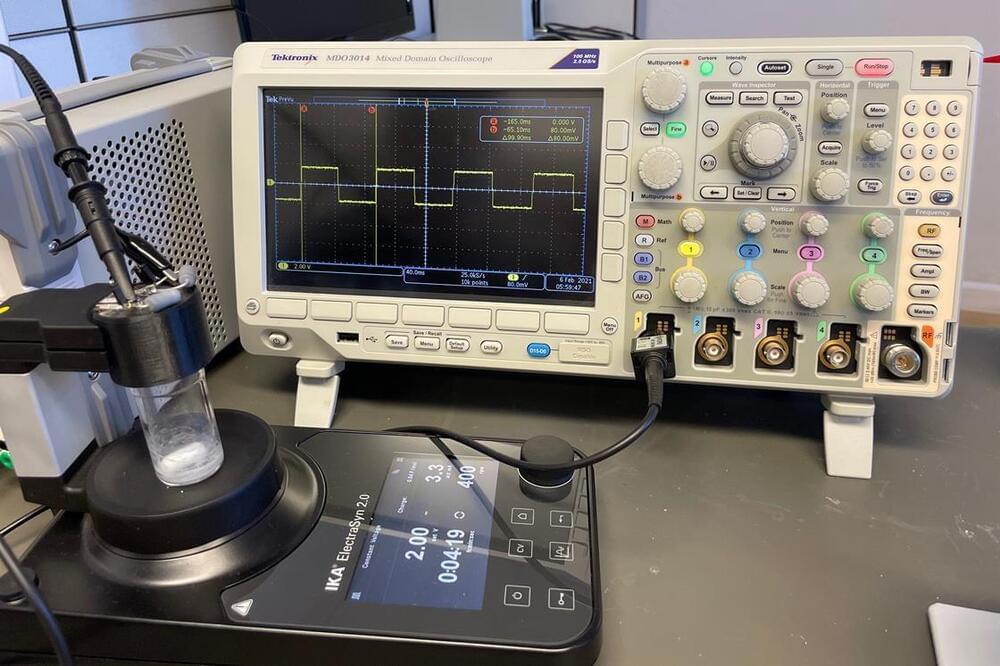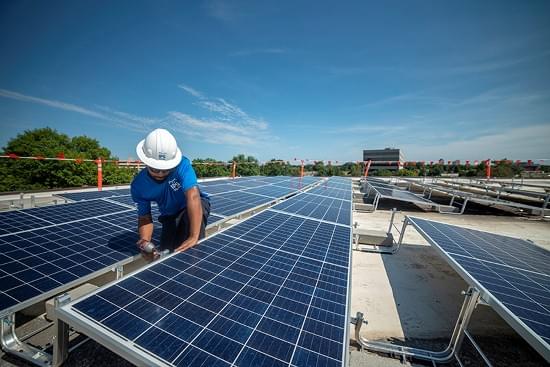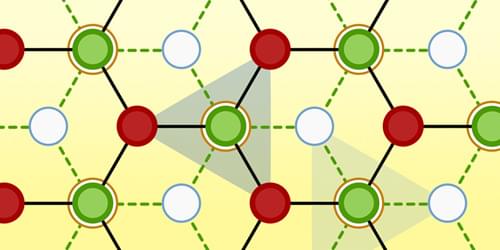A new material was used in a simple snail robot, but it could one day make artificial nervous systems for more complex machines.



Nearly 200 years since its discovery, industry rarely uses the carbon–carbon bond-forming Kolbe reaction – but now US researchers have shown it can sustainably make valuable substances.
Phil Baran’s team at Scripps Research Institute in La Jolla has done away with high voltages and platinum electrodes best established in the Kolbe reaction. In doing so, the researchers have made it much more versatile. ‘The most important feature is the ability to take waste or similarly priced products convert them into extremely high value materials,’ Baran tells Chemistry World.

Scientists are still getting to grips with the ins and outs of strange materials known as time crystals; structures that buzz with movement for eternity. Now a new variety might help deepen our understanding of the perplexing state of matter.
Just as regular crystals are atoms and molecules that repeat over a volume of space, time crystals are collections of particles that tick-tock in patterns over a duration of time in ways that initially seem to defy science.
Theorized in 2012 before being observed in the lab for the first time just four years later, researchers have been busy tinkering with the structures to probe deeper foundations of particle physics and uncover potential applications.


An international team, headed by the University of Geneva (UNIGE), has created a quantum material that allows the fabric of the space inhabited by electrons to be curved on demand.
The advent of cutting-edge information and communication technologies presents scientists and industry with new hurdles to overcome. To address these challenges, designing new quantum materials, which derive their remarkable characteristics from the principles of quantum physics, is the most promising approach.
A global collaboration headed by the University of Geneva (UNIGE) and featuring researchers from the universities of Salerno, Utrecht, and Delft, has developed a material that allows for the control of electron dynamics by curving the fabric of space in which they evolve. This advancement holds promise for future electronic devices, particularly in the field of optoelectronics. The findings were published in the journal Nature Materials.

Origami robots are autonomous machines that are constructed by folding two-dimensional materials into complex, functional three-dimensional structures. These robots are highly versatile. They can be designed to perform a wide range of tasks, from manipulating small objects to navigating difficult terrain. Their compact size and flexibility allow them to move in ways that traditional robots cannot, making them ideal for use in environments that are hard to reach.
Another notable feature of origami-based robots is their low cost. Because they are constructed using simple materials and techniques, they can be produced relatively inexpensively. This makes them an attractive option for many researchers and companies looking to develop new robotics applications.
There are many potential applications for origami robots. They could be used in search and rescue missions, where their small size and flexibility would allow them to navigate through rubble and debris. They could also be used in manufacturing settings, where their ability to manipulate small objects could be put to use in assembly lines.
According to reports, the Taiwanese computer hardware company MSI (Micro-Star International) was recently joined to the list of victims of a new ransomware gang that goes by the name “Money Message.” The perpetrators of the cybercrime say that they have taken source code along with other critical material from the company’s network. MSI is a world-renowned leader in the production of computer components, such as motherboards, graphics cards, desktop computers, laptop computers, servers, and other electronic equipment. It brings in more than $6.5 billion in income every year.
Money Message has included MSI on the website that it maintains for the publication of leaked material and has published images of the company’s CTMS and ERP databases in addition to files that include software source code, private keys, and BIOS firmware. If MSI does not comply with the threat actors’ demand for a ransom payment, they will now threaten to release all of the information that was taken.
The perpetrators of the hack claim to have taken 1.5 terabytes worth of data, including databases and source code, from MSI’s servers. They are holding out for a ransom payment of four million dollars.


To take a picture, the best digital cameras on the market open their shutter for around around one four thousandths of a second.
To snapshot atomic activity, you’d need a shutter that clicks a lot faster.
Now scientists have come up with a way of achieving a shutter speed that’s a mere trillionth of a second, or 250 million times faster than those digital cameras. That makes it capable of capturing something very important in materials science: dynamic disorder.
